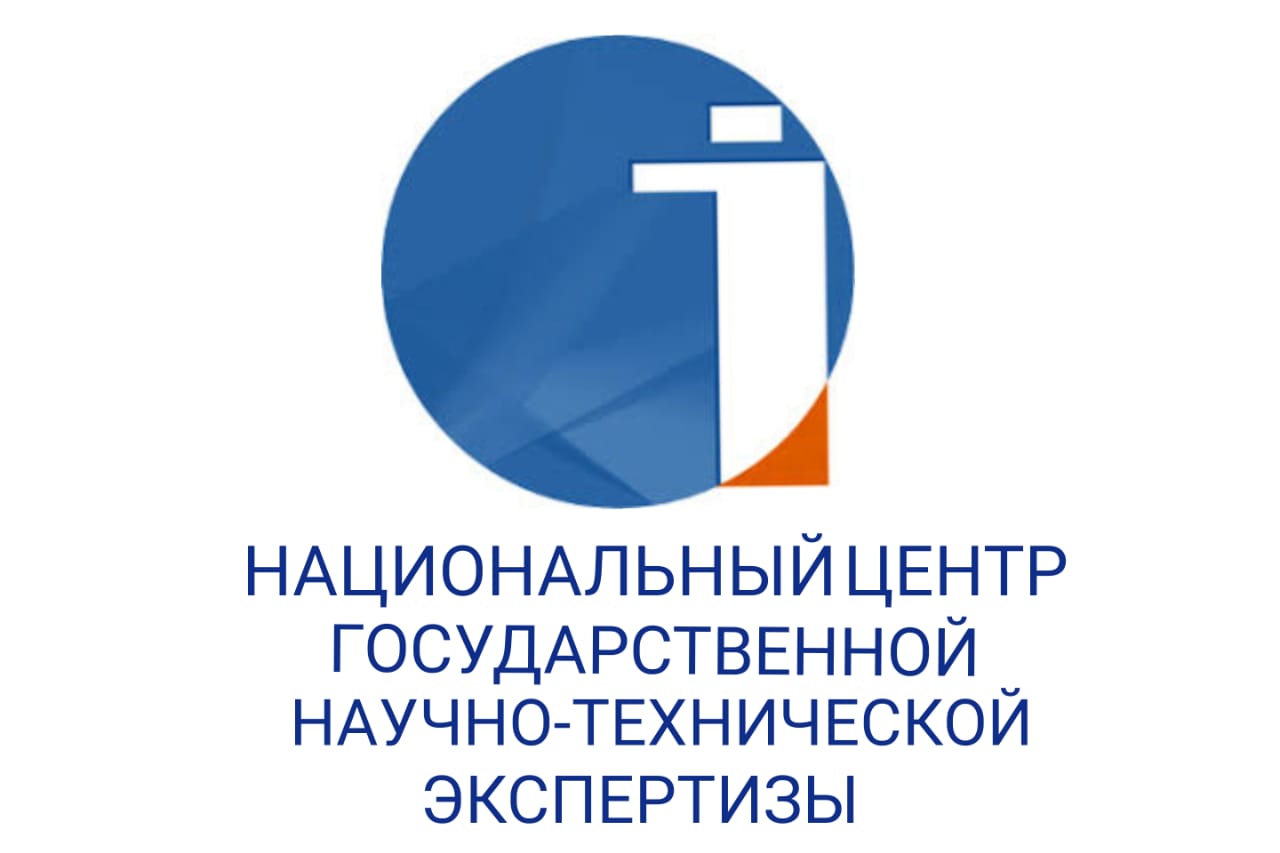ABOUT THE ETYMOLOGY OF SOME ETHNONYMS IN THE MONUMENT KULTEGIN
DOI:
https://doi.org/10.48371/PHILS.2022.66.3.002Keywords:
ethnonym, ethnos, etymology, etiology, sema, forecast, conclusion, opinionAbstract
Ancient Turkic monuments are studied and studied in linguistics, textual studies, literary-genre, historical aspects. One of the disadvantages is to consider the onomastics of ancient relics. For a number of reasons, determining the literal number of names in ancient Turkic monuments causes some difficulties.
The article presents an etymological analysis of some of the 23 ethnonyms found in the Kultegin monument, ethnonyms whose meaning is not considered or is controversial. In general, the onomastic space of ancient Turkic monuments has not been fully studied. Especially ethnonyms go unnoticed. The purpose of the article is to reveal the semantics of the ethnonyms found in the Kultegin monument and to give a definition from a linguo-historical point of view. According to the principle that any etymological analysis consists of an assumption, the conclusions proposed by the author also cannot be perceived as absolutely correct, however, one of the proposed assumptions may contain the true meaning of the ethnonym.
Comparative historical, retrospective, real, static, and etiological research methods were used in the study. The author cites and compares previously expressed opinions about the etymology of one ethnonym and only after that puts forward his hypothesis. Expressing a new point of view or recognizing and supporting one of these statements without refuting conclusions already written before it is compliance with scientific ethics. When determining the meaning of an ethnonym, the author considers historical, geographical conditions, correlating with them the reasons for the origin (etiology) of the name. It can be noted that the requirement that generic names, including toponyms and ethnonyms, should be considered in linguistic, historical and geographical aspects is observed in this article.
The novelty of the article lies in the presence of new formulations that were not previously mentioned about the meaning of the analyzed ethnonyms. Moreover, the systematic unexplored onomastic space in ancient Turkic monuments and the small number of onomastic scientists among previous researchers determine the relevance of this study.








